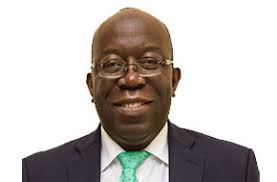
According to data from the first quarter of the 2022 Annual Household Income and Expenditure Survey (AHIES), it is evident that within the category of paid workers, women earned 34.2 percent less than their male counterparts.
This estimated gender wage gap has been adjusted to account for various factors such as age, years of work experience, level of education attained, primary occupation, industry, employment sector, and region of residence.
Among paid workers who have attained tertiary education or higher, the gender wage gap is at its narrowest, with women earning 12.7 percent less than men.
However, the wage gap is most pronounced among workers with only basic education, where it stands at 60.1 percent, closely followed by those with no formal education at 54.0 percent.
When we analyze different employment sectors, the gender wage gap is most significant in the private informal sector, where women earn a staggering 58.7 percent less than men. The private formal sector also exhibits a substantial gap, at 29.9 percent, while the public sector records the smallest gender wage gap, with women earning 10.5 percent less than men.
Examining age groups, women aged 36 to 60 experience a wage differential of 33.4 percent compared to men, which is nearly 3.0 percentage points higher than the 15 to 35 age group, where women are paid 30.7 percent less than their male counterparts.
It’s worth noting that International Equal Pay Day is observed annually on September 18th, with the aim of advocating for equal pay for work of equal value.
Source: Omanghana.com




